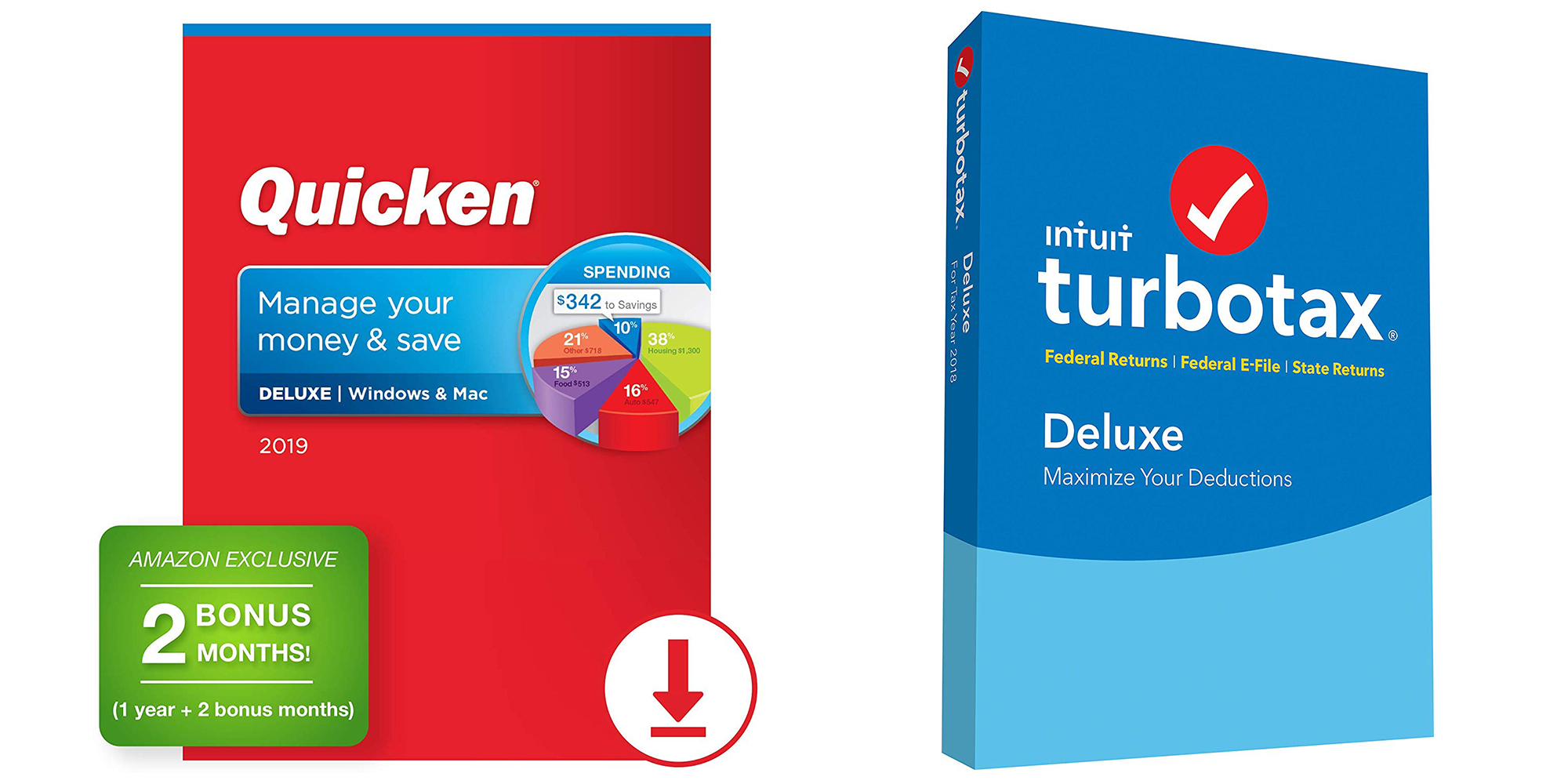
Two key callouts for this list: First, each of these is available as an app on current versions of the Fire Stick - simply search the store for the VPN app as you would for any other streaming app, such as Hulu or Showtime.
#Amazon turbotax for mac tv#
You can use a VPN with your Amazon Fire TV Stick to protect your privacy and get past streaming geoblocking. But with the help of our top VPN recommendations for Amazon Fire Stick users, it's not too hard to draw the encryption curtains on would-be peepers. And as with any other internet-connected device in your home, your media habits are subject to monitoring by your internet service provider, malicious snoops and Uncle Sam. Thanks to the rise of the smart TV, we're now in the age of smart surveillance. Long gone are the days of viewer anonymity we once enjoyed with the now-obsolete fuzzy-pictured TVs. A big bonus is that a VPN allows you to get around geo-restrictions, allowing you to stream content that otherwise may have been blocked in your location. It can also help stop your ISP from throttling your internet speeds. A Fire TV Stick VPN can help you avoid online surveillance by your internet service provider, offering you complete privacy and protecting your online identity. “Everybody comes out super-energized from a session with Scott,” Ho says.Amazon's Fire TV Stick is a handy way to access all your favorite streaming services, but do you really need to use a VPN, or virtual private network, with it? If you value your privacy and you want to get the most out of your Fire TV Stick, then yes. Yet, he keeps an everyday presence at Intuit, where he is available for problem-solving sessions with employees at any time. In addition, managers are held accountable for customer satisfaction scores.Īt 71, founder Cook is a multi-billionaire and one of Silicon Valley’s most successful entrepreneurs. Intuit cultivates customer obsession from day one.Įvery new employee goes through training in customer-driven innovation and designing for delight, with refresher courses always available.

“You can over-optimize for no reason,” Ho says. Testing revealed that one simple rule – the customer and the tax expert were in the same state – was as effective at making a match as a complex algorithm. In adding a feature to TurboTax that matched customers to tax experts, simplicity also won out. “They also didn’t need the level of granularity we gave them. “When we took it to the customers, they said they didn’t need a year of forecasts three months was fine,” Ho says. Ho recalls testing a feature developers created two years ago that enabled small business customers to build forecasts a year ahead of time to help with budgets and staffing. “It’s not just how awesome your technology is.”Ĭustomer feedback can be a splash of reality. “If people say they’ve built the perfect model, we make sure they’ve thought about what problem they’re solving and how they would measure success,” Ho says. “We quickly pull a few people together to see if it’s useful for them.”ĭesigning for simplicity can be a challenge for developers who tend to favor features over form. “We always build the simplest model possible at the beginning to validate that there is a ‘there’ there,” Ho says. Solutions are built with simplicity as a guiding principle. Then, borrowing from academic research, hypotheses are developed for each new feature and tested on a sampling of customers, with the mix frequently changing to avoid introducing bias.
#Amazon turbotax for mac software#
Software development at Intuit always involves what the company calls a “design for delight” phase in which prototypes are developed and tested with customers.ĭesign teams include people who specialize in research methodology. Once new features are settled upon, “We bring customers in and talk to them – both the customers have and the ones we don’t have.” There’s also room for what Ho calls “leaps of faith,” which are solutions customers haven’t specifically asked for.

Intuit’s culture combines design thinking and “falling in love with the problem and not the solution,” Ho says.

“We hear customers say they love a feature, but what they do every day can be drastically different,” Ho says. Software-as-a-service delivery gives designers the luxury of peeking over customers’ shoulders to see what features they’re using and how. In-product surveys bring in millions of responses, and the company has built algorithms to comb through them and look for patterns that indicate problem areas.

Since then, Ho has been working on ways to incorporate artificial intelligence into both the customer experience and how developers choose the features that go into products. When Intuit interviewers asked why she was applying for a job there, she replied bluntly, “I hate Mint.” So she was hired to come in and make it smarter. “I loved it, but there were a lot of things I didn’t like,” she said.


 0 kommentar(er)
0 kommentar(er)
